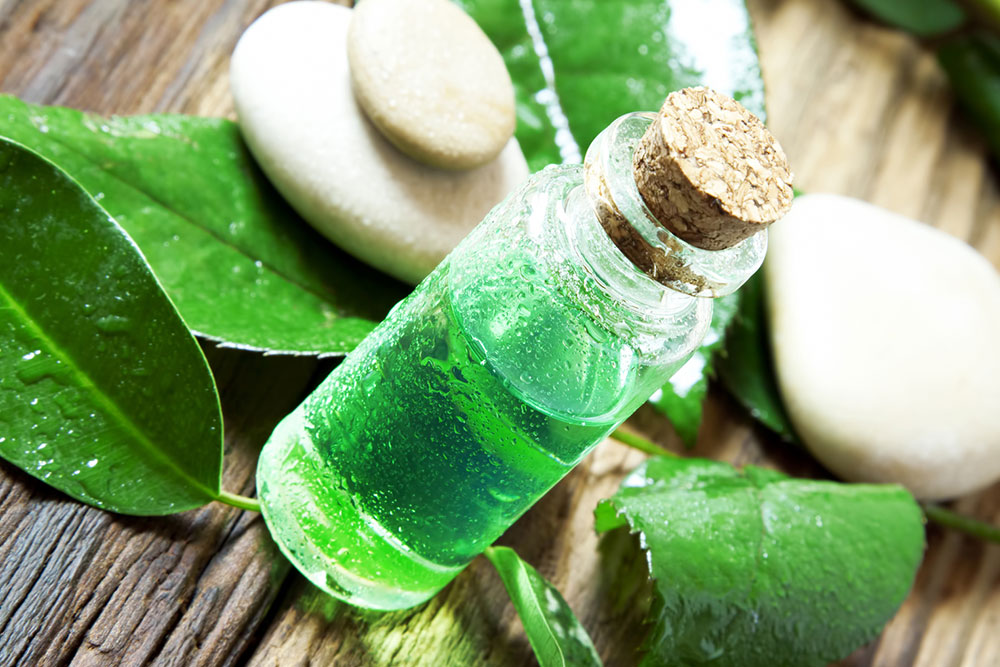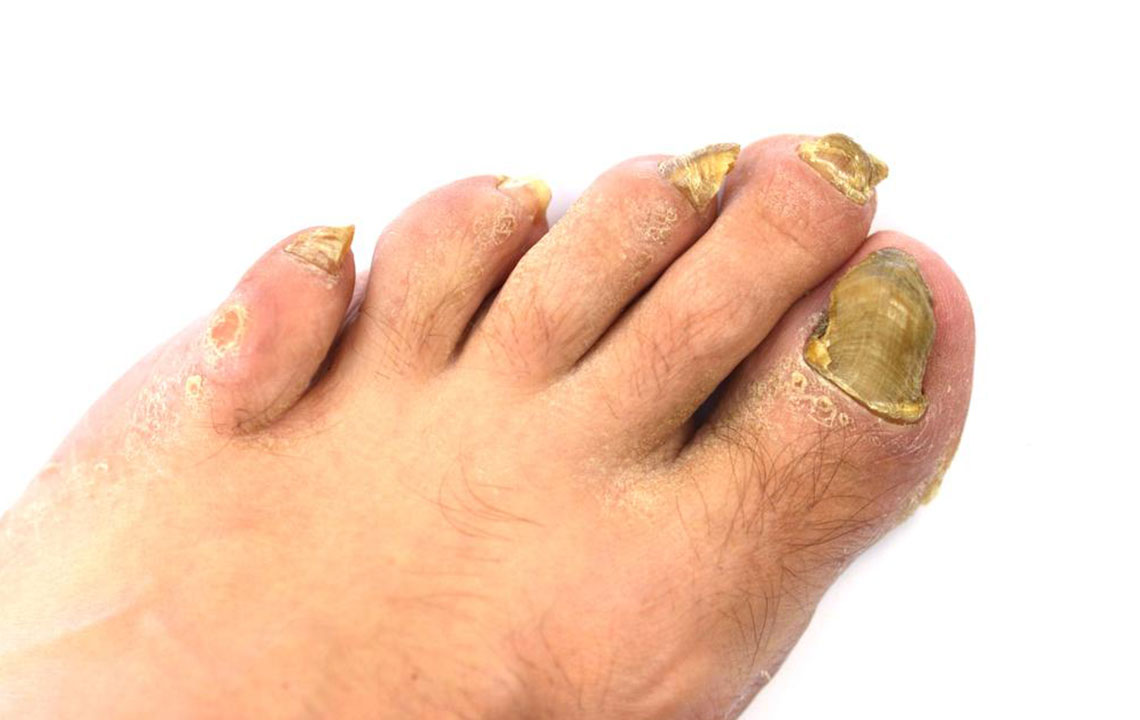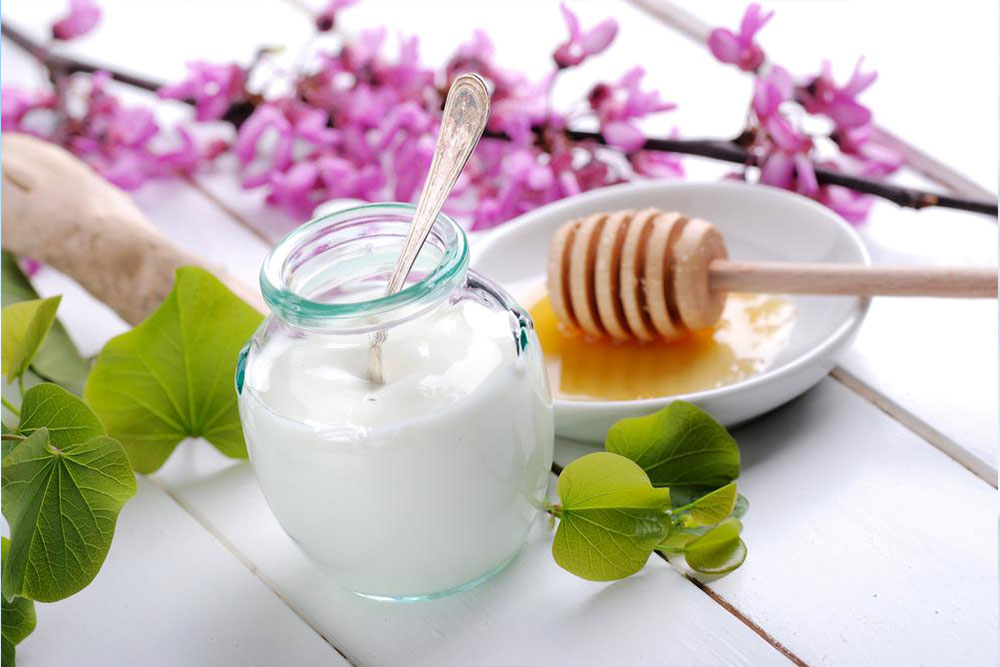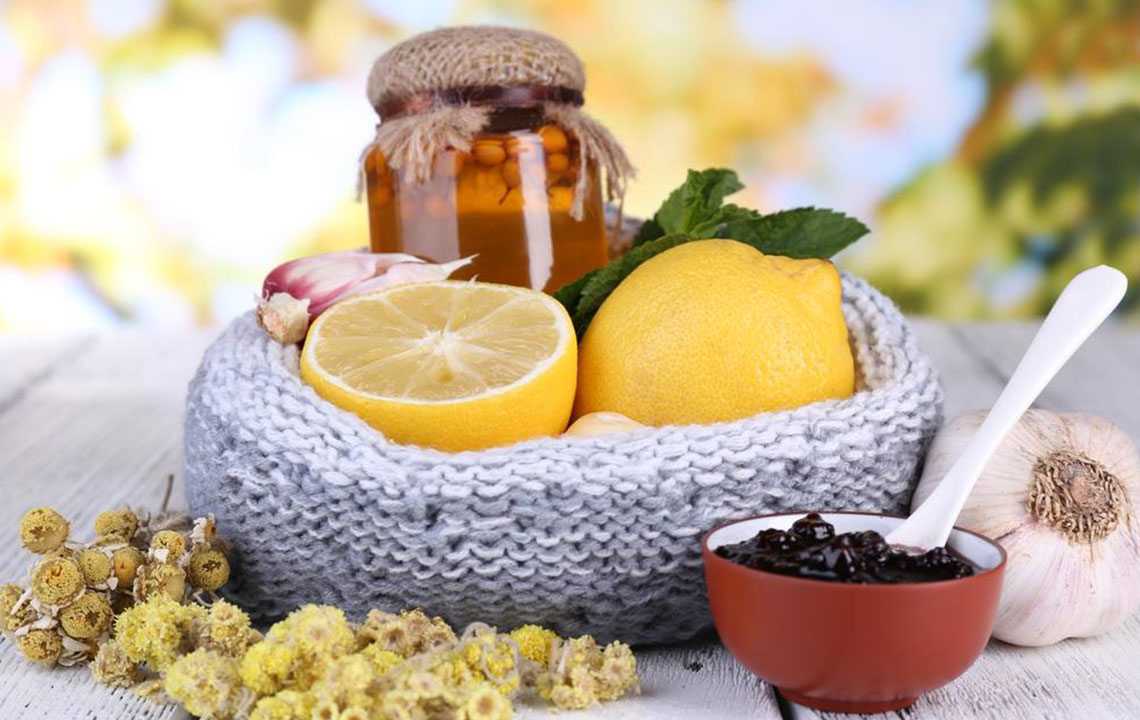Effective Strategies for Rapid Relief from Yeast Infections
Discover quick and effective methods to relieve yeast infections. Learn about symptoms, natural remedies like tea tree oil, coconut oil, garlic, and more. Know when to seek medical advice for persistent or severe infections to ensure proper treatment and relief.

Effective Strategies for Rapid Relief from Yeast Infections
The Centers for Disease Control and Prevention (CDC) reports that about 20% of women carry the Candida fungus without symptoms. Nonetheless, many women experience yeast infections at least once in their lives. Men are also susceptible. These infections can cause discomfort, including itching, burning, and abnormal discharge, making them quite bothersome.
Understanding Symptoms and Types of Yeast Infections
Candida fungi naturally reside in the mouth, throat, intestines, and vaginal area. Normally, the body keeps their growth in check. However, when fungal proliferation becomes excessive, an infection develops.
Vaginal thrush, also called vulvovaginal candidiasis, is the most prevalent type. Symptoms include:
Vaginal soreness and itching
Unusual, foul-smelling vaginal discharge
Painful urination
Discomfort during sexual activity
Male symptoms may include:
White patches on the skin
White buildup in the penis folds
Burning or itching sensation
In certain cases, a yeast infection becomes complicated, especially when:
Infections recur more than four times annually
There are tears or sores
The individual is pregnant
Different fungi cause the infection
Immunity is compromised
People with conditions like diabetes or HIV often have reduced immune defenses, making infections more likely.
How to Alleviate Yeast Infection Symptoms
Yeast infections can be managed effectively with several simple remedies. Here are some of the best options to find relief:
Hydrogen Peroxide
This antiseptic effectively fights bacteria and fungi. When used topically, it must be diluted to prevent burns. Limit use to no more than five days.
Boric Acid
Known for its antiseptic qualities, boric acid should be diluted before application. Avoid if pregnant or if skin tears are present, as it can be toxic if absorbed.
Tea Tree Oil
A potent natural antiseptic, tea tree oil can help maintain vaginal pH and inhibit fungal growth when diluted with coconut or jojoba oil to prevent irritation.
Coconut Oil
Organic, raw coconut oil can be directly applied to affected areas, thanks to its antifungal and soothing properties, with no additives to worsen discomfort.
Garlic
Eating garlic regularly can slow fungal growth. Some may also apply garlic topically, though it might cause discomfort.
Apple Cider Vinegar
Its natural acidity is effective against fungi. Adding half a cup to warm bathwater and soaking for 20 minutes can help eliminate fungi and relieve symptoms.
Oregano Oil
Extracted from wild oregano, this oil contains thymol and carvacrol. Dilute 3-5 drops with a carrier oil before application.
Greek Yogurt
Contains beneficial bacteria that help restore natural pH and prevent Candida overgrowth. Use plain yogurt—either consumed or applied topically—avoiding sugar-laden varieties.
Probiotic Supplements
Higher concentration of beneficial bacteria can be taken orally to help balance gut and vaginal flora, taking approximately 7-10 days for noticeable effects.
Vitamin C
Boosts immune response and has antifungal properties, supporting reduction of Candida proliferation when combined with other remedies.
OTC Antifungal Medications
Available at pharmacies, they provide quick relief for uncomplicated infections. Consulting a healthcare professional is advised for recurring or severe cases.
Combining these remedies can alleviate symptoms, but seeing a healthcare provider is essential to assess infection severity and receive appropriate treatment.










